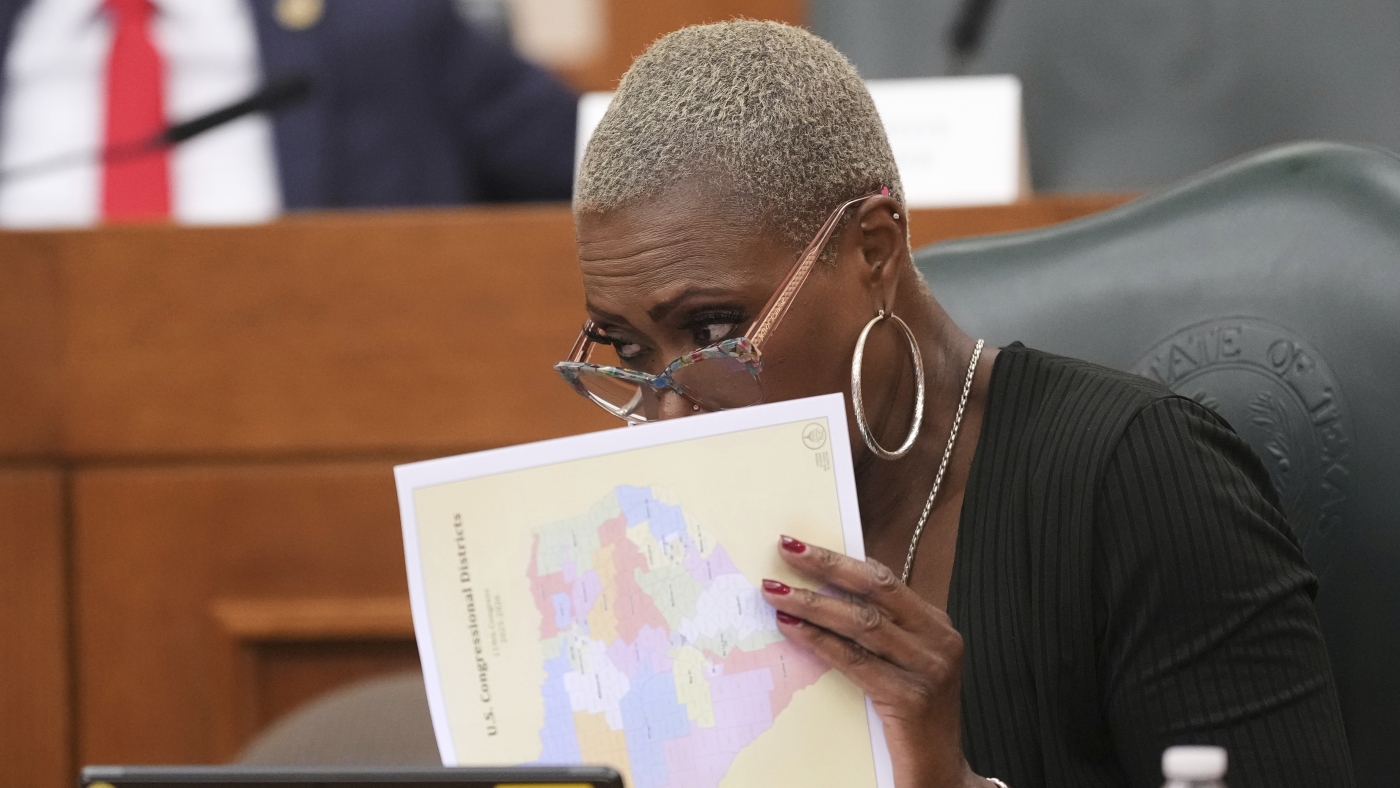Texas Republicans Propose Redistricting Plan to Boost Congressional Seats
Texas Republicans propose a redistricting plan to increase their congressional seats from 25 to 30, favoring Trump in the 2024 election.
Subscribe to unlock this story
We really don't like cutting you off, but you've reached your monthly limit. At just $5/month, subscriptions are how we keep this project going. Start your free 7-day trial today!
Get StartedHave an account? Sign in
Overview
- Texas Republicans have introduced a new redistricting plan during a special legislative session, designed to significantly increase their congressional representation within the state.
- The proposed plan aims to boost the number of Republican-held congressional seats from 25 to 30, strategically positioning the party to favor Trump in the upcoming 2024 election.
- Key changes in the redistricting proposal include shifting two existing Rio Grande Valley seats and adding new districts in traditionally Democratic strongholds such as Austin and Dallas.
- A specific controversial proposal involves merging Rep. Al Green's seat with a vacant one, a move intended to create more GOP-leaning districts and consolidate Republican power.
- Democrats, led by Hakeem Jeffries, strongly oppose the redistricting plan, condemning it as a partisan maneuver and are considering legislative walkouts to prevent its passage.
Report issue

Read both sides in 5 minutes each day
Analysis
Center-leaning sources collectively frame the Texas redistricting as a highly partisan and aggressive maneuver by Republicans, driven by President Trump's desire to consolidate power. They emphasize the controversial nature of the mid-decade redistricting and highlight Democratic opposition, portraying it as a battle against an unfair political advantage. The language used often implies manipulation and a direct challenge to democratic fairness.
Articles (20)
Center (6)
FAQ
The plan proposes increasing Republican-held seats from 25 to 30 by redrawing districts in Texas, including shifting two Rio Grande Valley seats and adding new districts in Democratic strongholds like Austin and Dallas; it also merges Rep. Al Green's seat with a vacant one to consolidate GOP power.
The map targets Democratic members in Austin, Dallas, Houston, and South Texas by potentially eliminating some districts, such as merging Rep. Al Green's seat and moving Rep. Greg Casar's district out of Austin, making districts more favorable to Republicans and forcing incumbents into tough reelections or out of office.
The redistricting is aimed at increasing Republican congressional seats to strengthen the party's position in Congress and favor Donald Trump in the 2024 and upcoming elections, aligning with pressure from Trump's political team to secure a larger GOP majority in the U.S. House.
Democrats, led by Hakeem Jeffries, strongly oppose the plan as a partisan gerrymander and consider drastic measures such as legislative walkouts to block its passage; they also plan legal challenges and are raising funds to combat the plan.
If passed, the map would immediately affect the 2024 election by changing district lines, making several districts more Republican-leaning which could flip seats from Democrats to Republicans, thereby enhancing GOP chances to retain or expand their House majority in 2026 as well.
History
- 3M

 3 articles
3 articles
- 3M

 5 articles
5 articles
- 3M

 9 articles
9 articles



















